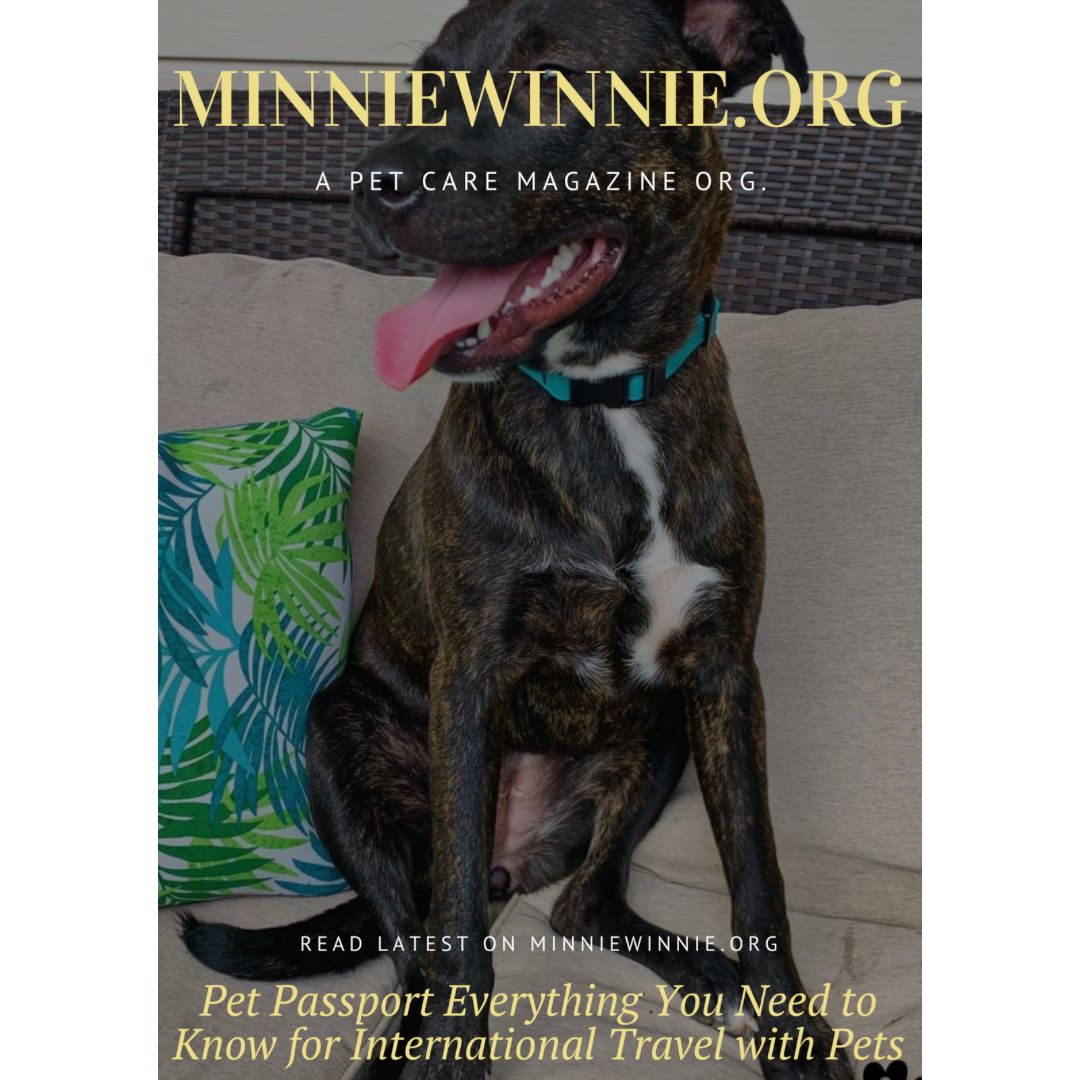Pet Passport Everything You Need to Know for International Travel with Pets
Traveling internationally with a pet can be a rewarding experience, but it requires meticulous planning and adherence to regulations. A pet passport is a crucial document that facilitates smooth travel for your furry friend. Here’s everything you need to know to ensure a hassle-free journey.
What is a Pet Passport?
A pet passport is a comprehensive set of documents that verifies your pet’s identity, health status, and vaccination records, particularly for rabies. While the specifics can vary by country, it generally includes:
- Microchip Information: A unique identification number.
- Vaccination Records: Proof of rabies and other vaccinations.
- Health Certificate: Issued by a licensed veterinarian, confirming your pet’s good health.
- Blood Tests: Sometimes required to prove immunity to certain diseases.
- Import Permit: Necessary for certain countries.
Steps to Obtain a Pet Passport
- Microchipping: Ensure your pet is microchipped with an ISO-compliant chip, which is a standard requirement for international travel.
- Vaccinations: Update your pet’s vaccinations, particularly rabies. Most countries require a rabies vaccination given at least 21 days before travel.
- Health Certificate: Obtain a health certificate from an accredited veterinarian. This certificate should be issued within a specific timeframe before travel, typically 10 days.
- Blood Tests: Some countries require a blood test to confirm that the rabies vaccination has been effective. This test must be done at least 30 days after the vaccination and three months before travel.
- Documentation and Permits: Gather all necessary documentation, including import permits if required by your destination country.
- Check Destination Requirements: Each country has its own set of regulations. Verify the specific requirements of your destination well in advance.
Preparing for the Journey
- Airline Policies: Research the airline’s pet travel policies. Some airlines allow pets in the cabin, while others require them to be transported in the cargo hold.
- Pet Carrier: Invest in an airline-approved pet carrier. It should be well-ventilated, spacious enough for your pet to stand and turn around, and secure.
- Acclimatization: Help your pet get used to the carrier well before the trip. This will reduce stress during travel.
- Comfort Items: Include familiar items like a blanket or toy to comfort your pet during the journey.
- Food and Water: Ensure your pet is well-hydrated and has access to food. However, avoid feeding them right before the trip to prevent motion sickness.
During the Journey
- Airport Arrival: Arrive at the airport early to handle any unexpected issues with pet check-in.
- Security Screening: Pets will need to be removed from their carrier during security screening. Keep a firm grip on your pet to prevent escapes.
- In-Flight: If your pet is traveling in the cabin, ensure they remain in their carrier under the seat. For pets in cargo, inform the flight attendants so they are aware of your pet’s presence.
Upon Arrival
- Customs Check: Be prepared to present your pet’s passport and other documentation at customs. Some countries have specific entry points for pets.
- Quarantine: Some countries require a quarantine period upon arrival. Familiarize yourself with these regulations beforehand.
- Settling In: Once you arrive, help your pet adjust to the new environment. Provide familiar items and maintain a consistent feeding and walking schedule to reduce stress.
Key Considerations
- Timing: Start the process early. Some vaccinations and tests have specific timeframes that must be met before travel.
- Country-Specific Requirements: Each country has unique requirements. Research and comply with these regulations to avoid any travel disruptions.
- Veterinary Support: Maintain regular communication with your veterinarian throughout the process to ensure all health and documentation requirements are met.
Conclusion
Traveling internationally with your pet requires careful planning and adherence to various regulations. By obtaining a pet passport and preparing thoroughly, you can ensure a smooth and enjoyable journey for both you and your furry companion. Always stay informed about the latest requirements and provide your pet with the necessary care and comfort to make the travel experience positive.










